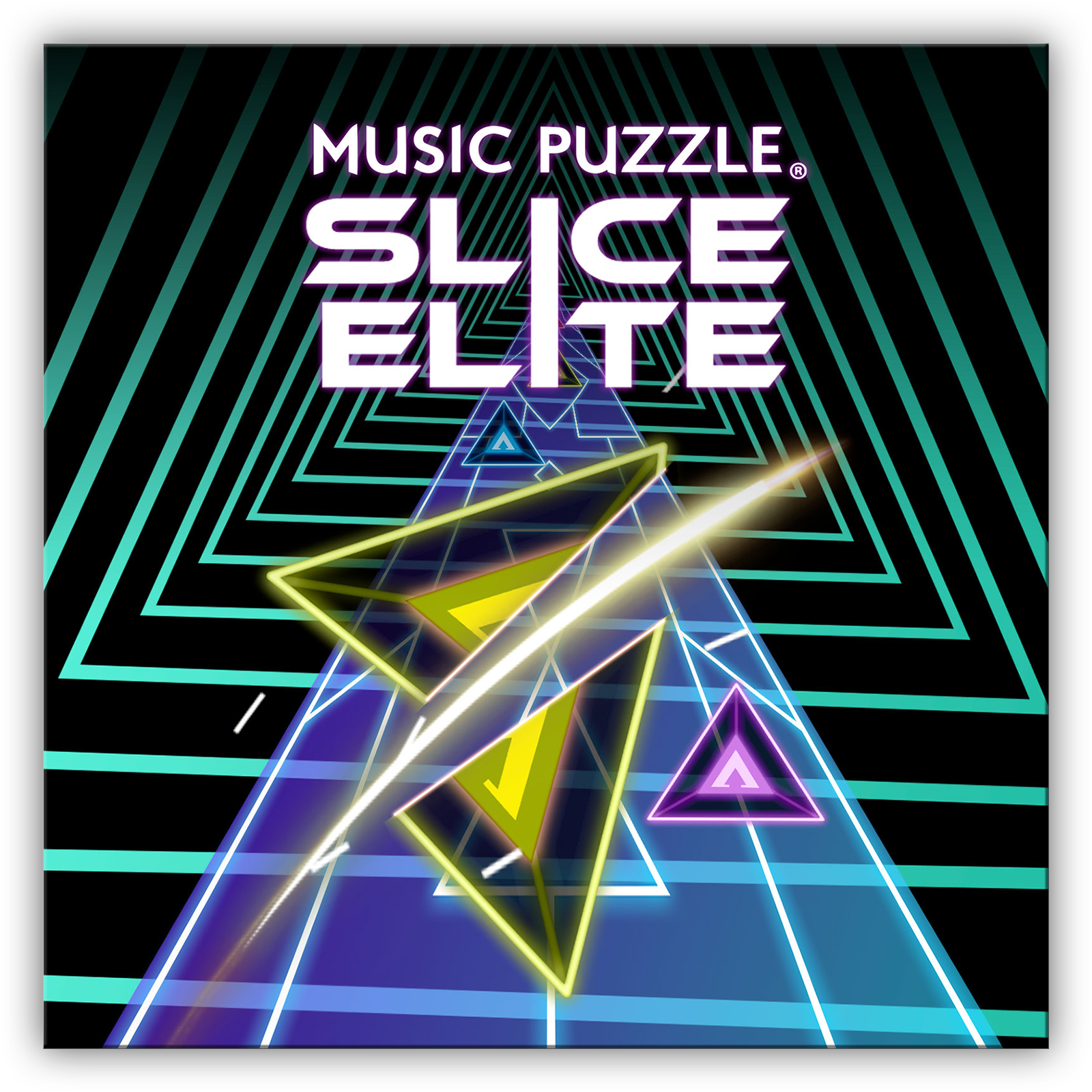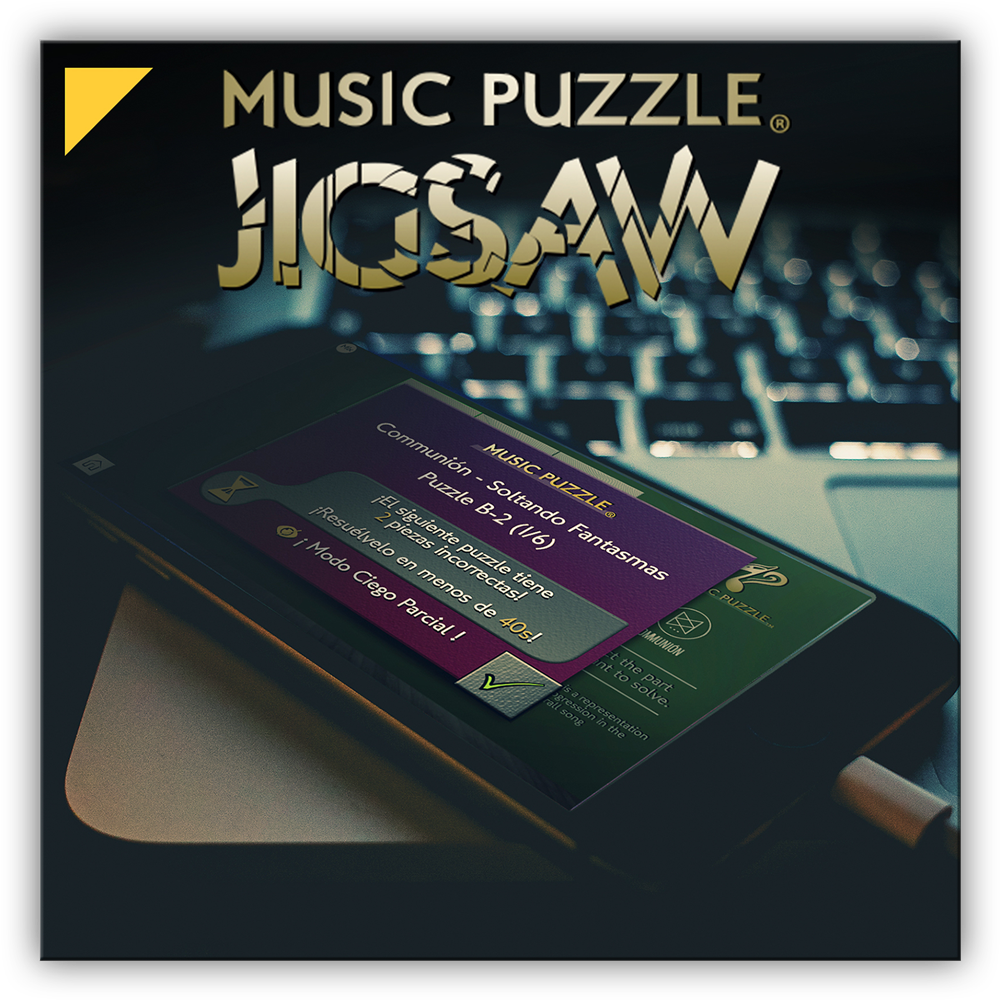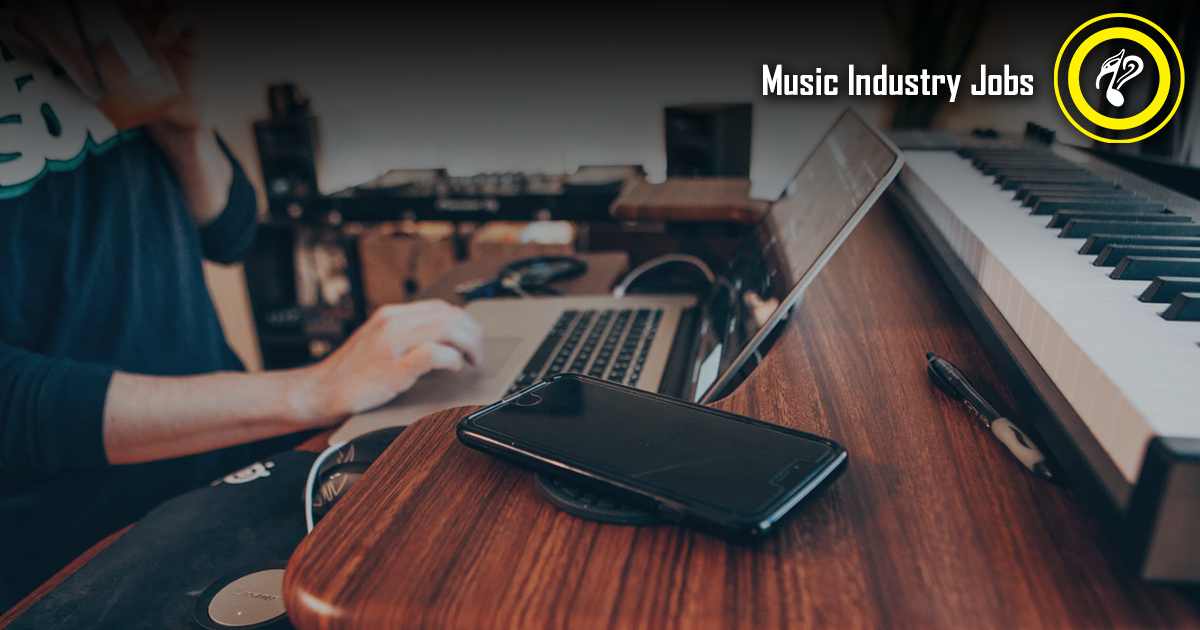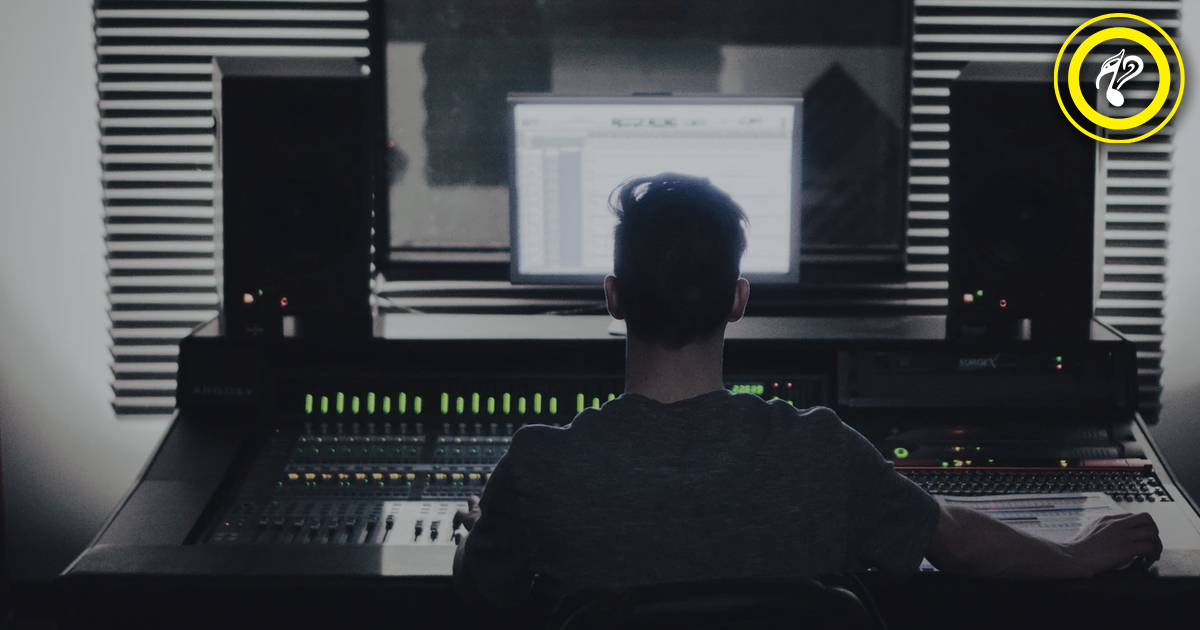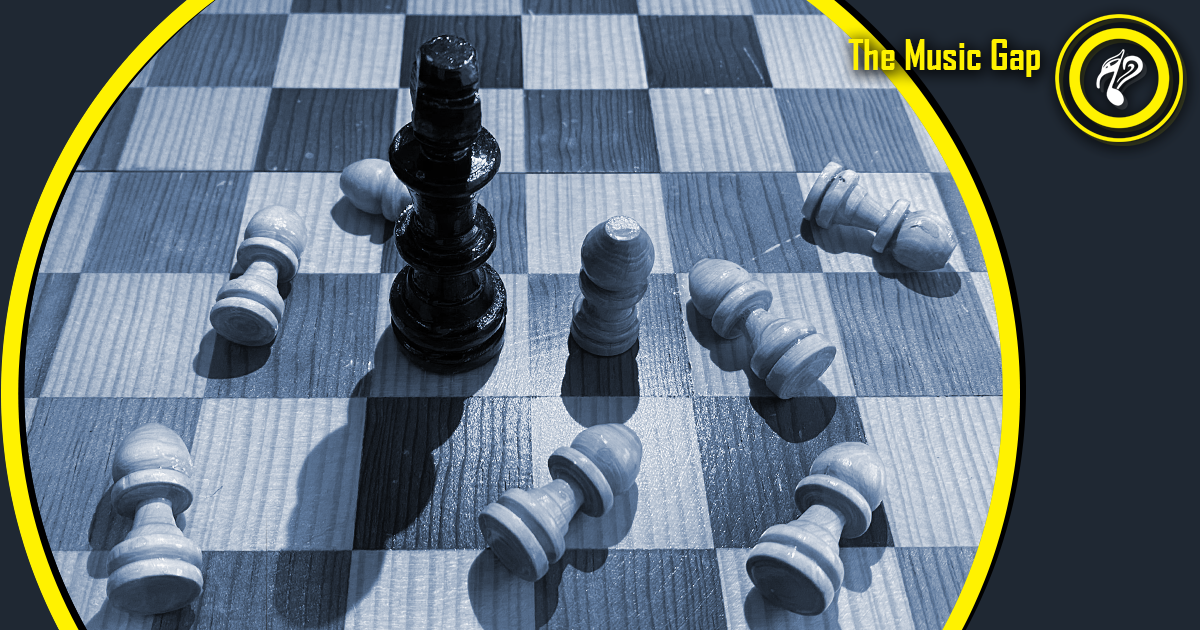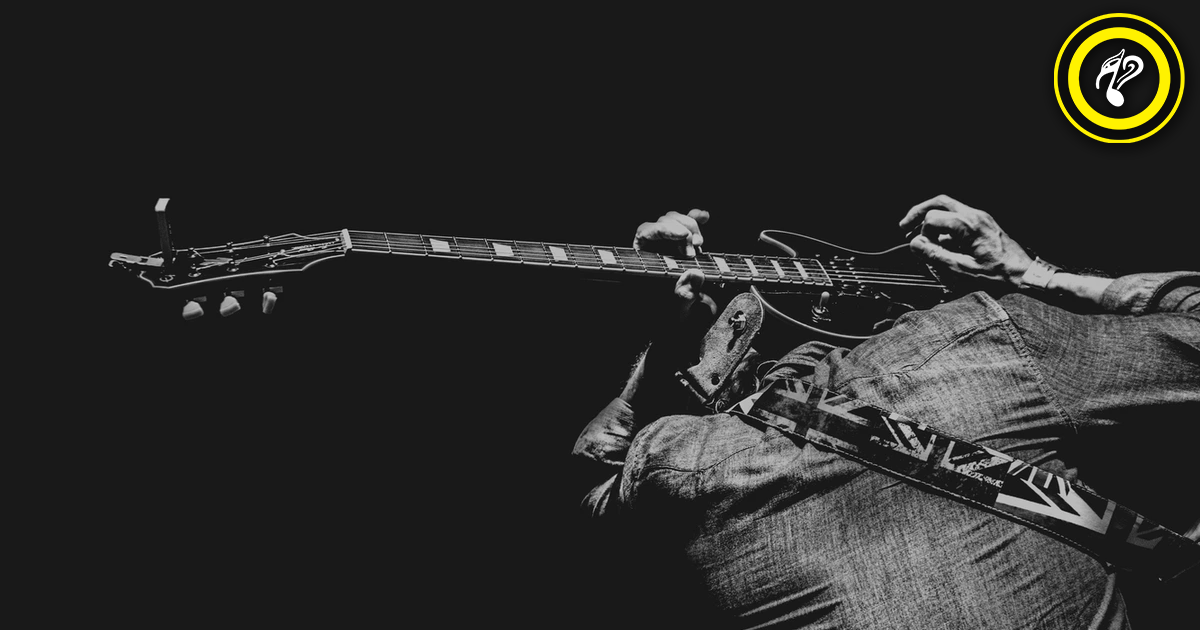Electronic hardware for musicians
Instruments, Equipment & Software

Which tools do musicians need to record or perform at home and on the go?
Technology has given us the opportunity to have smaller hardware with bigger capabilities. Cell phones, for example, can record video, play music, be used as a pen drive, virtual instrument, electronic bank, encyclopedia, make calls, and other things you couldn’t have even imagined possible in the past.
The same applies for the music universe: we can have a completely professional, high-quality home studio with very few physical equipment. Once we have our instrument, we’ll simply need the following to record ourselves:
A computer: Preferably a Mac or a Windows OS. Each brand has its pros and cons, with Mac’s stability and lack of viruses, while Microsoft gives its users the chance to customize and improve each computer component.
Inside the computer, we’ll run the necessary software to record and produce our songs, such as the DAWs (Digital Audio Workstations). Among the most popular ones, we have Protools, Cubase, Logic, FL Studio, or Reason. In our article "Protools and beyond" we go into more detail around music industry software.
The optimal performance of the DAWs is linked to the computer’s RAM and processor. The better these components, the better our DAW performance.
- Laptop HP Pavilion - $699 USD
- Laptop Macbook Pro - $2099 USD
- Assembled computer - (i7 4970k, 16 RAM, 1TB HDD and video monitor) approx. $699 USD
Audio interface:
The second most important component is the recording interface. This device acts as a sound card, allowing the recording and reproduction of audio at standard qualities for professionals, around 24-bit 48 kHz or higher.
The audio interfaces can also run certain plug-ins (software with many different functions, such as emulating reverb, echo, delay, distortion, or virtual instruments), which reduces stress on the processor. The overall price depends on the brand, the number of inputs, the quality of the preamps, and the software offered with the hardware. Some of the most popular are:
- Behringer UM2 $170 USD
- Focusrite solo $269 USD
- Apollo twin $899 USD
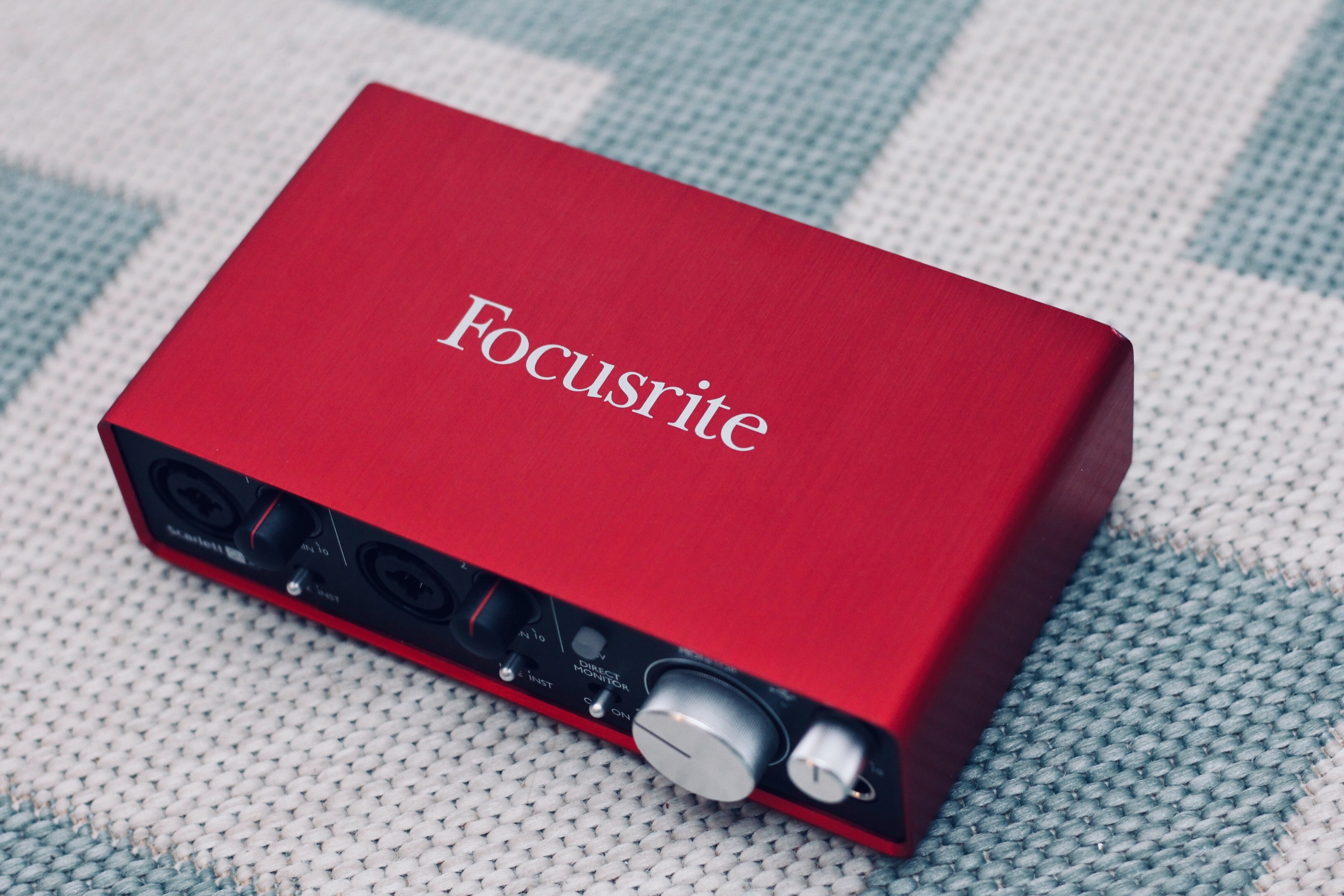
MIDI controllers:
A piece of equipment considered essential by many composers thanks to its virtual instruments’ control (VST/Virtual Studio Technology plug-ins). Most MIDI (Musical Instrument Digital Interface) controllers are piano-shaped, but you can have an adapter to turn a guitar or violin to one of these, making it easier for non-pianists to use them.
Each key/button of the controller sends MIDI signals, which can be interpreted as commands to use software and even musical or non-musical hardware. MIDI is a world standard, so all controllers have potentially the same function, but there’ll be some designed with a special need in mind for a certain DAW, like Ableton Live’s Launchpad.
- Korg nanokey2 - $64.99 USD
- Akai MK II -$139 USD
- Launchpad - $299 USD
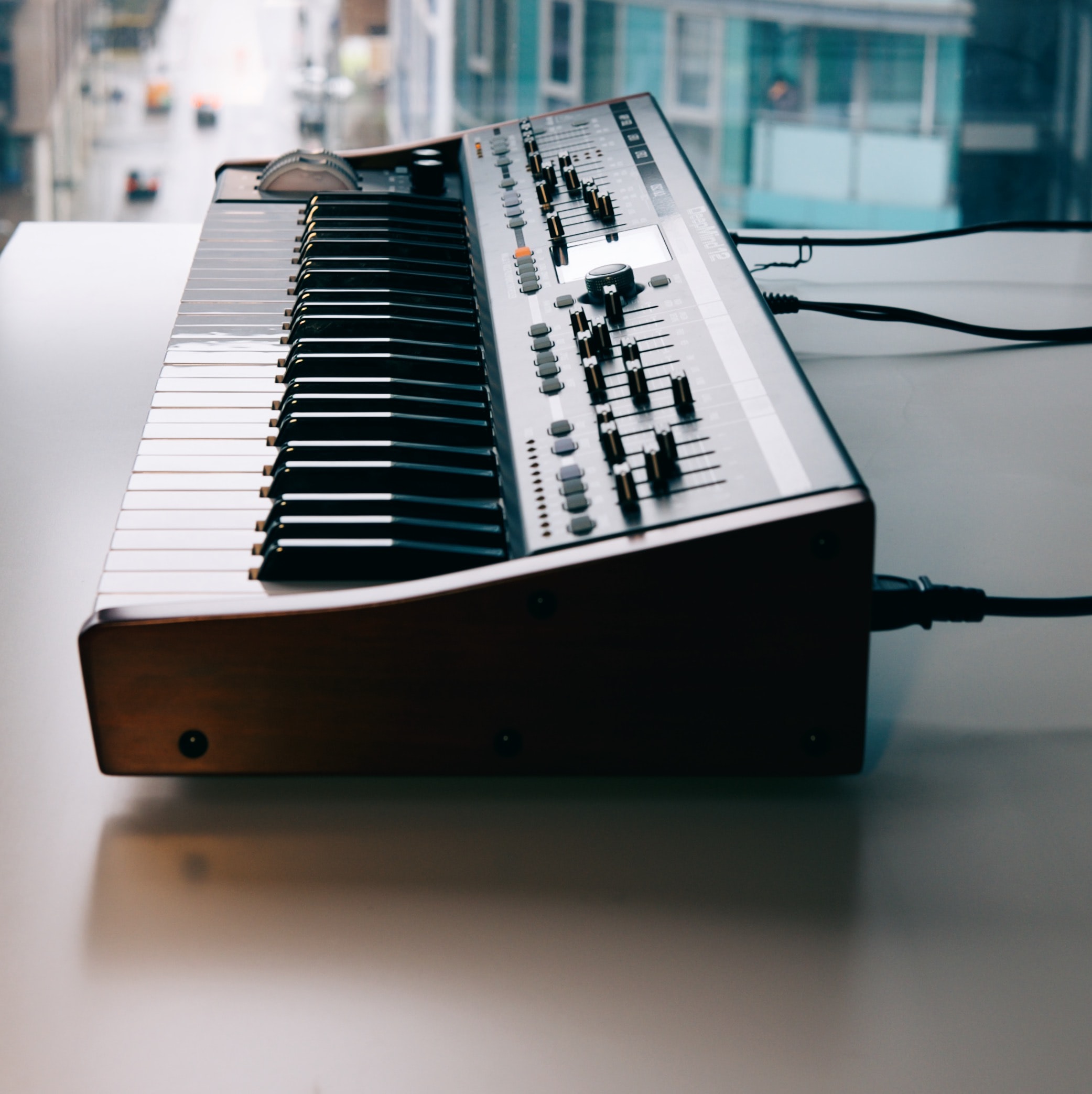
Amplifier:
There are now many electric instruments such as guitars, bass, and even drums. Unlike acoustic ones that make sound because with their physical components and shapes, electric instruments capture sound using magnetic pickups, and that sound needs to be amplified in order to be heard. The sound color of the amps varies greatly in terms of maximum gain or distortion; built-in effects: reverb, delay or chorus; and whether you use analog sound (tubes), or if the digital sound is produced by your preamps.
Different brands produce different sounds as well; the sound of a Marshall is very different from that of a Vox or Mesa Boogie. Nice and “classic” sound kits are quite expensive, as the headstock (by itself it only colors the guitar sound) and cabinet (the actual amp) are sold separately. You can buy the head alone, or the entire package (head and cabinet). The package starts from $899 and scales up depending on the quality, but there are low-end models that can give you just as much bang for your buck without spending all of your savings.
- Fender Champion 40 - $129 USD
- Marshall M-DSL100 HR - $899 US
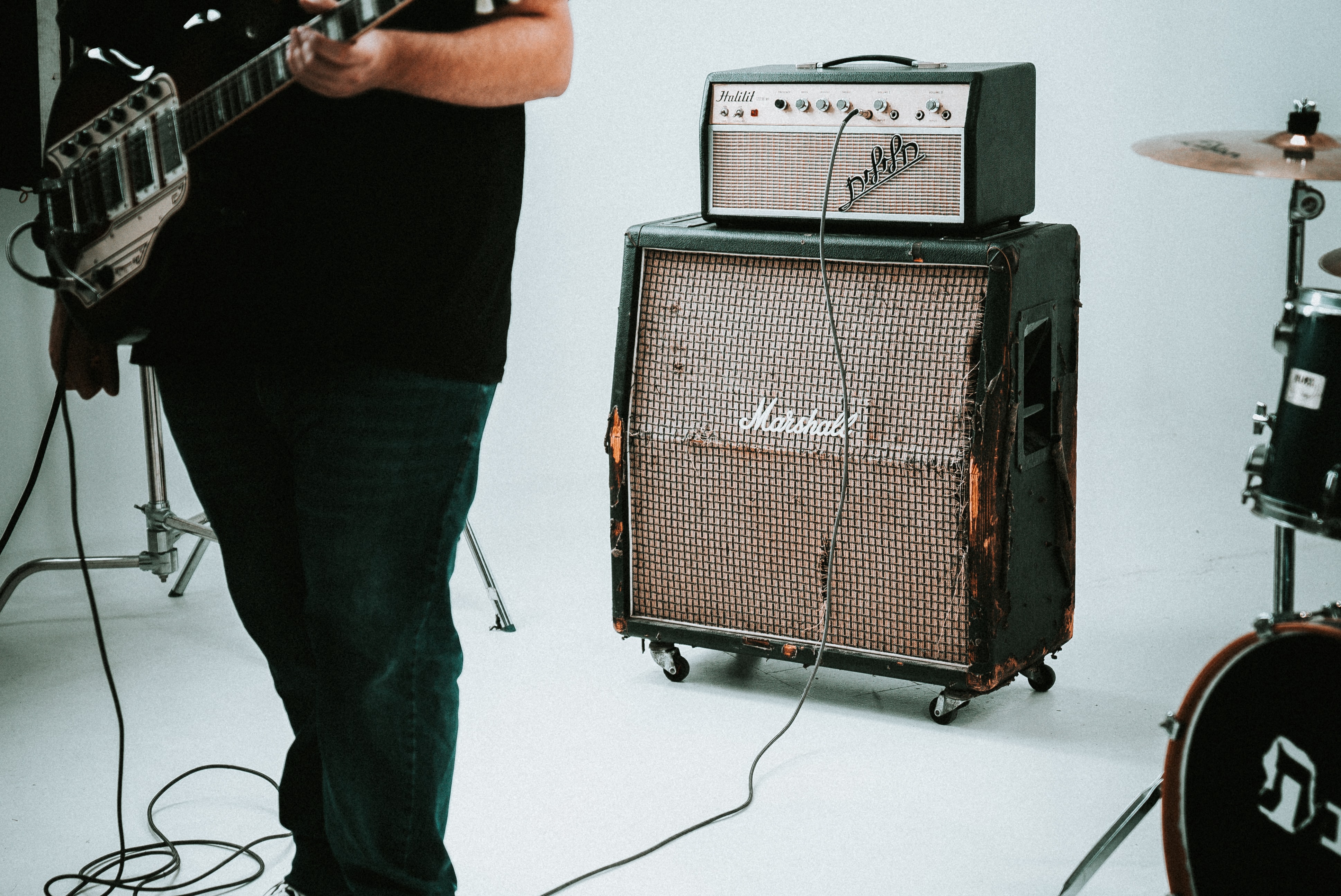
Pedals:
A key part to create a player's sound is the effect pedals. Distortion, delay, reverb, chorus, flanger, wah wah, or volume are some of the ways in which the pedals can modify the signal of our instrument. Each device is designated for a single effect.
- Boss DS1 - $64.99 USD
- Ibanez TS9B -$99 USD
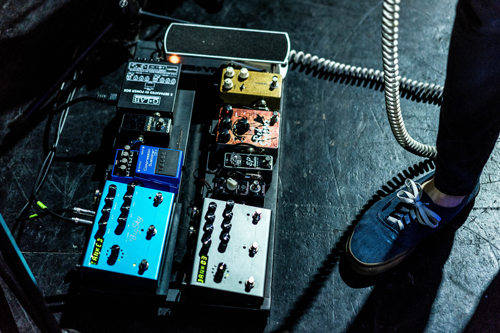
In our article "Protools and beyond" we go into the details of the software.
Microphone:
Used to capture sound, the microphone is essential for the production of live music and recordings. There are several models with different functions, such as:
Dynamic microphones: Cheap and resistant, they record most of the sounds very well, but their frequency response* and dynamic range** aren’t very good (they don’t capture volume changes very well and may miss certain frequencies). They’re good for picking up amps and certain parts of the drums.
* The equipment frequency response is defined by the spectrum between the minimum frequency and the maximum frequency that the equipment can record or reproduce without problems.
** The dynamic range is the difference in perception between the weakest and strongest audible signal.
Diaphragm condenser microphones: These are more sensitive to dynamics and capture more harmonics. Very good for vocals and acoustic guitars.
Small Diaphragm Condenser Microphones: Best for acoustic instruments and in orchestra recordings. It’s common practice to microphone in pairs in order to achieve a very realistic stereo sound.
- Sm57 -$99 USD
- Neuman U87 - $2899 USD
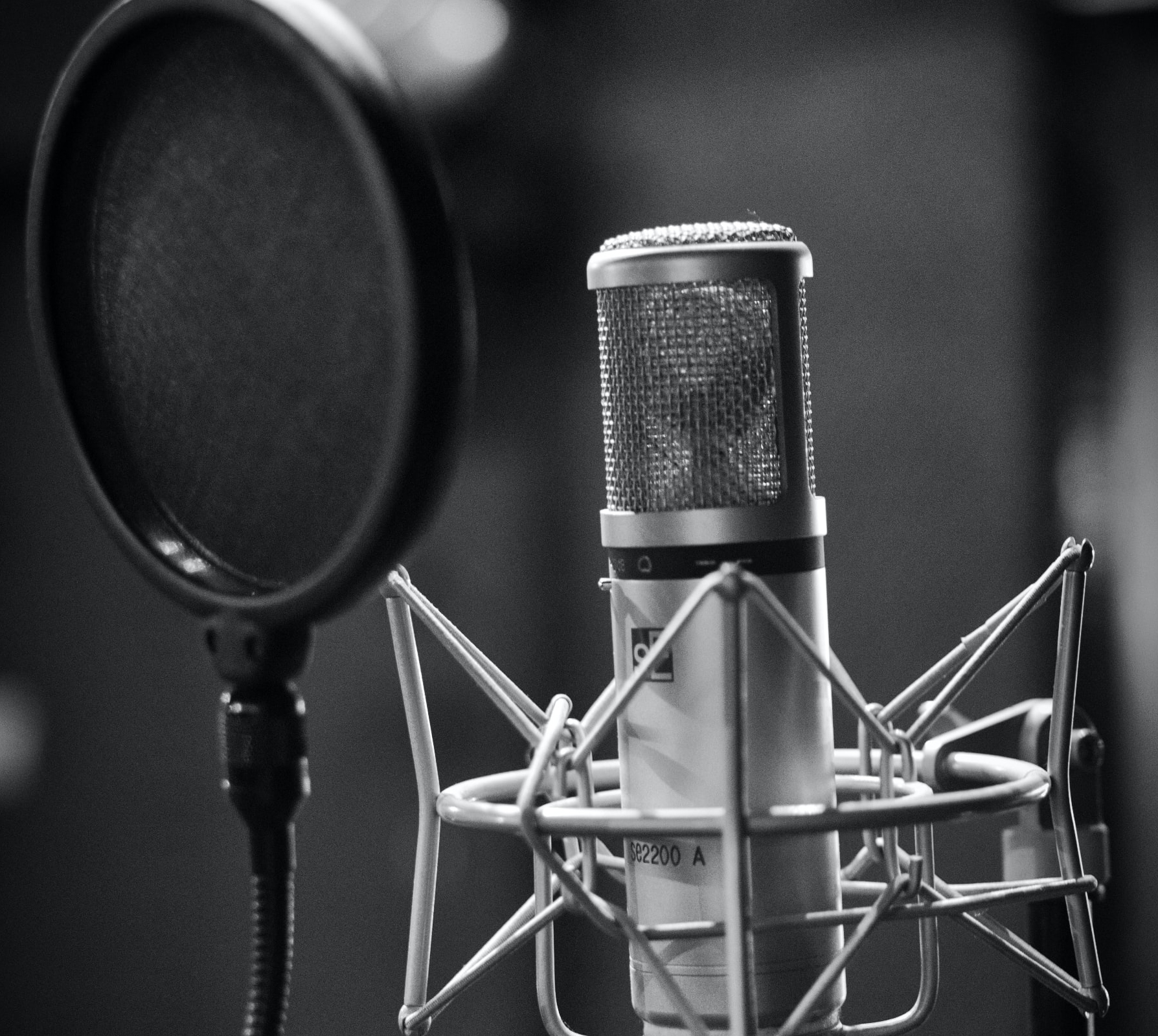
Multi-effect pedalboards:
These are the all-in-one answer to portable hardware demand, with affordable prices and good quality. Effects and amps can be convincingly emulated and can be connected directly to the console or interface, which makes the mixing process really easy. These pedalboards let us avoid microphone issues, which can include how to position microphones for certain instruments. It’s not It is the same to capture a drum, guitar or orchestral sounds. You have to know which microphone is best for each case.
One of the disadvantages of this type of equipment is that if you don’t have a flat frequency monitor, live monitoring may be misleading or uncomfortable, which can lead to the tracks you made at home sounding very different in other speakers.
- Line 6 Pod Go - $499 USD
- Fractal Ax8 - $1299 USD
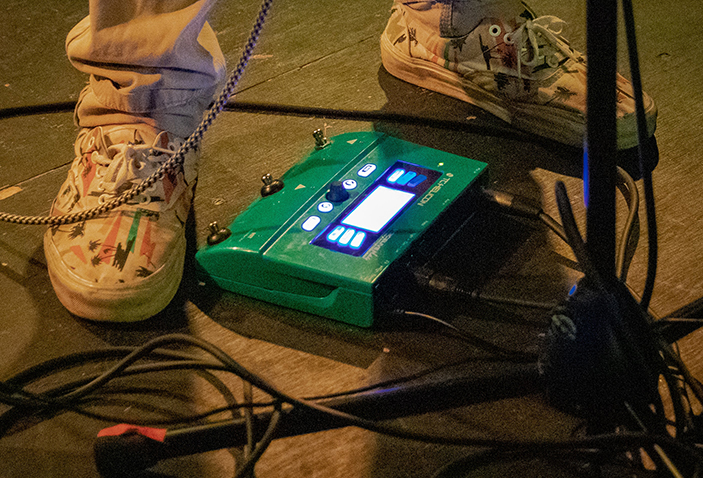
Monitors:
In my experience, this is an underestimated piece of equipment. It’s essential to have good monitoring hardware. If you use a multi-effect pedalboard, these special speakers will change the way you appreciate the detail of any mix, mastering, or setting in your instrument. They generally are flat frequency speakers, called that way because, theoretically, they don’t “color” the sound. Objectively speaking, this is impossible: there are always small variations in the sound caused by equipment. However, monitors have been tested in laboratories with the intention to offer the fairest sound possible.
There isn’t a major record production or live concert that hasn’t been mixed with the help of good monitors, so you won’t find any professional studio that doesn’t have them.
- Yamaha HS8 - $479 USD (pair)
- Adam A7X -$1399 USD (pair)
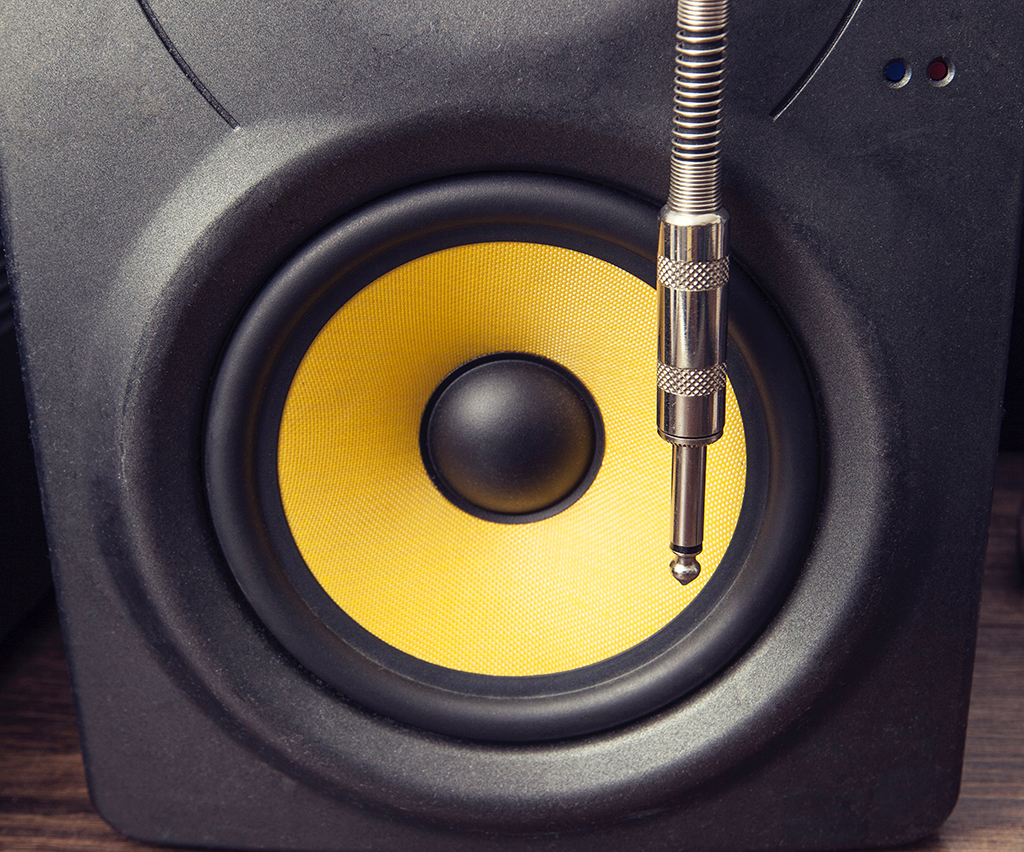
iPad or tablet:
If you pay close attention to modern concerts, you’ll see at least someone reading a score with an iPad or a tablet. This hardware is so versatile and can be used to read or write scores. We can even find professional, high-quality apps for recording, production, and even virtual instruments. There’s no doubt that tablets will soon bring the power of today’s computers, right into our hands.
- IPAD Air 2 – $289 USD
- IPAD Pro - $949 USD
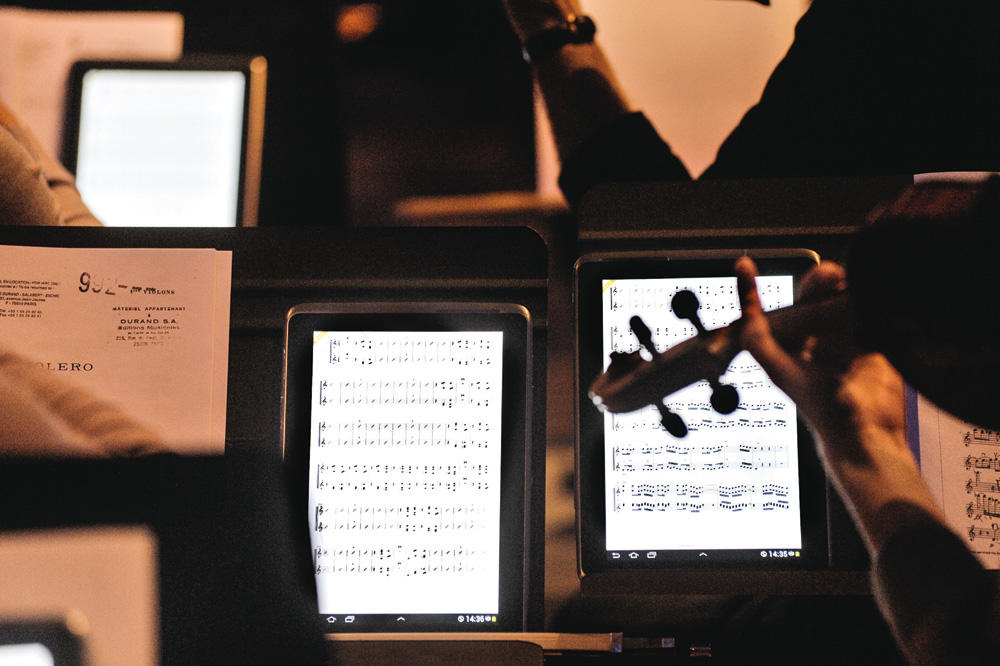
All prices listed here come from Amazon.
As you can see, depending on the equipment quality, this can all add up fast. Most musicians generally don’t acquire all of it at once and usually build up their equipment stock piece by piece over their whole life.
This list contains some of the most useful and basic hardware to build a home studio. A professional recording studio will require additional things like special rooms, a big backline, microphones, amplification options, etc.
If you’re interested in reading more about hardware for musicians, you can read our article "Equipment for guitarists".
I hope this was helps! What about you? What was the first equipment you bought? What are your favorite brands?
If you enjoyed the article, you'll love these games:
